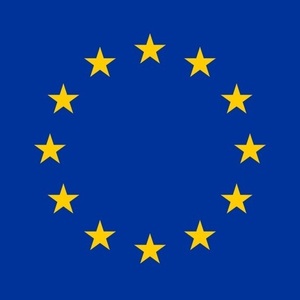EC launches public consultation on potential revision of REDII

August 26, 2020
BY Erin Krueger
The European Commission in August launched a public consultation on the potential revision of the 2018 Renewable Energy Directive (REDII) to better align the policy with the European Union’s new Green Deal and its goal of making the EU climate neutral by 2050.
The REDII is the EU’s main renewable energy policy legislation. Under the REDII, EU member states adopted binding targets for raising the share of renewables in their energy consumption mix. The policy sets an overall binding renewable energy target for the EU of 32 percent of total energy consumption by 2030. The REDII also established sustainable criteria for renewable energy, including biofuels and forest biomass. In late 2019, the European Green Deal was announced. That policy aims to make the European Union climate neutral by 2050.
Advertisement
Advertisement
A report filed with the USDA Foreign Agricultural Service’s Global Agricultural Information Network explains that given the new goals outlined in the European Green Deal, the European Commission is currently revisiting existing EU policies to see if they need to be updated to better align with the Green Deal. As part of that effort, the European Commission launched a public consultation on the possible revision of the REDII on Aug. 4.
To evaluate whether the REDII should be updated, the European Commission is exploring several scenarios. Under the first option, the REDII would remain as is through 2030. Under the second option, non-regulatory alternative policy instruments could encompass training, information campaigns, project financing, etc. Under the third option, the European Commission could raise the ambition of the REDII targets and sub-targets so they are in line with the 2030 Climate Target Plan. Under the fourth option, the REDII would be amended to translate into legal measure the action proposed in other energy strategies of the European Green Deal. This could include measures to foster the use of renewable or low-carbon fuels in air, maritime and heavy duty transport, and ensure renewables are produced sustainably. A fifth option would combine options presented in the second, third and fourth options.
Following the public consultation, the European Commission is expected to issue an impact assessment, likely followed by draft legislation or a non-legislative proposal.
Advertisement
Advertisement
The public comment period is open through Sept. 21. Additional information is available in the USDA FAS GAIN report and on the European Commission website.
Related Stories
The U.S. EPA on July 8 hosted virtual public hearing to gather input on the agency’s recently released proposed rule to set 2026 and 2027 RFS RVOs. Members of the biofuel industry were among those to offer testimony during the event.
The U.S. exported 31,160.5 metric tons of biodiesel and biodiesel blends of B30 and greater in May, according to data released by the USDA Foreign Agricultural Service on July 3. Biodiesel imports were 2,226.2 metric tons for the month.
The USDA’s Risk Management Agency is implementing multiple changes to the Camelina pilot insurance program for the 2026 and succeeding crop years. The changes will expand coverage options and provide greater flexibility for producers.
President Trump on July 4 signed the “One Big Beautiful Bill Act.” The legislation extends and updates the 45Z credit and revives a tax credit benefiting small biodiesel producers but repeals several other bioenergy-related tax incentives.
CARB on June 27 announced amendments to the state’s LCFS regulations will take effect beginning on July 1. The amended regulations were approved by the agency in November 2024, but implementation was delayed due to regulatory clarity issues.
Upcoming Events










